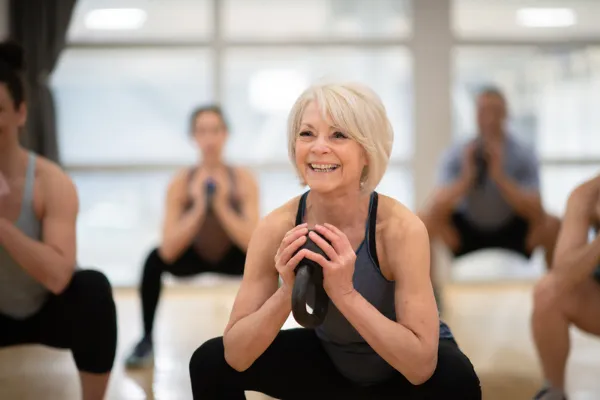The Pilates Goddess Blog

My Top 3 Functional Exercises (that will help you look and feel great)
What is a functional exercise, anyway?
I consider a functional exercise to be one that works with a movement pattern that we use all the time, helps correct imbalances in that movement pattern, and builds strength. Other people may define that differently, but this is my definition. If it doesn't work with a common movement pattern, doesn't help correct imbalances, and doesn't build strength, it ain't functional.
And what is a common movement pattern?
A common movement pattern is one that we do as part of our basic daily lives. The big ones for me are:
Sitting down and standing up. - We use this one often - getting out of bed, up from a seat, down and up from the toilet.
Kneeling down and standing up, climbing up and down. - Also used often - kneeling down and standing up, climbing up and down stairs or ladders, getting in and out of SUVs.
Pushing things away, or using upper body to help with 1 and 2. - Your upper body can help stop you from falling by pushing you away from the ground, help push things away from you, and help lift things.
My top 3 functional exercises
1. Squats
Squats are the workhorses of the workout world, They help us stand up from sitting, deep sustained squats help build collagen in the hip joints, they help tone our butts, calves, and thighs, and they work core stability.
If your knees bother you, I recommend doing squats as sitting and standing, literally, with a chair behind you. Sit down and stand up, and repeat it several times.
There are many versions of squats - front squats, plie squats, jump squats, pistol squats, Bulgarian split squats (which is also, arguably, a lunge)....
In Pilates we have footwork, standing footwork, the standing 2x4 work, sitting down and standing up from the mat, the russian squats (with pistol squat variation) on the reformer and with arm springs, the centering exercise on the ped-o-pul, seated leg pumping on the chairs, and the wall sit.
2. Lunges
Kneeling down and standing up, climbing up and down stairs, climbing up and down ladders, and even getting in and out of an SUV involve lunging. I would start with walking lunges, then back lunges, side lunges, and then more complex moves like the curtsy lunge. A step up and down is another version of lunging. And lunges strengthen your core and tone your thighs, calves, and butts.
In Pilates we have many lunges! Standing arm weight lunge series and arm spring lunge series, the splits on the reformer (especially Russian splits), going up front and side plus mountain climber on the chairs.
3. Push Ups
Since push ups involve plank (front support) with a controlled pushing and scapular stability and mobility, they are perfect for building core and upper body strength in a way needed to help us break a fall or push away from someone or something. Combined with the first two, we have the ability to push ourselves up from the ground to one knee and actually stand up.
Push ups are also very amenable to modifications and variations. You can make them easier by separating your feet, bending knees, elevating your upper body, or shortening your range of motion. You can also easily make push ups harder by bringing feet together, straightening legs, elevating feet, or increasing range of motion. You can also alter hand/elbow positions to target triceps or chest more.
In Pilates we have Push ups on everything. Mat push ups, reformer push ups, and chair push ups, just to name a few.





